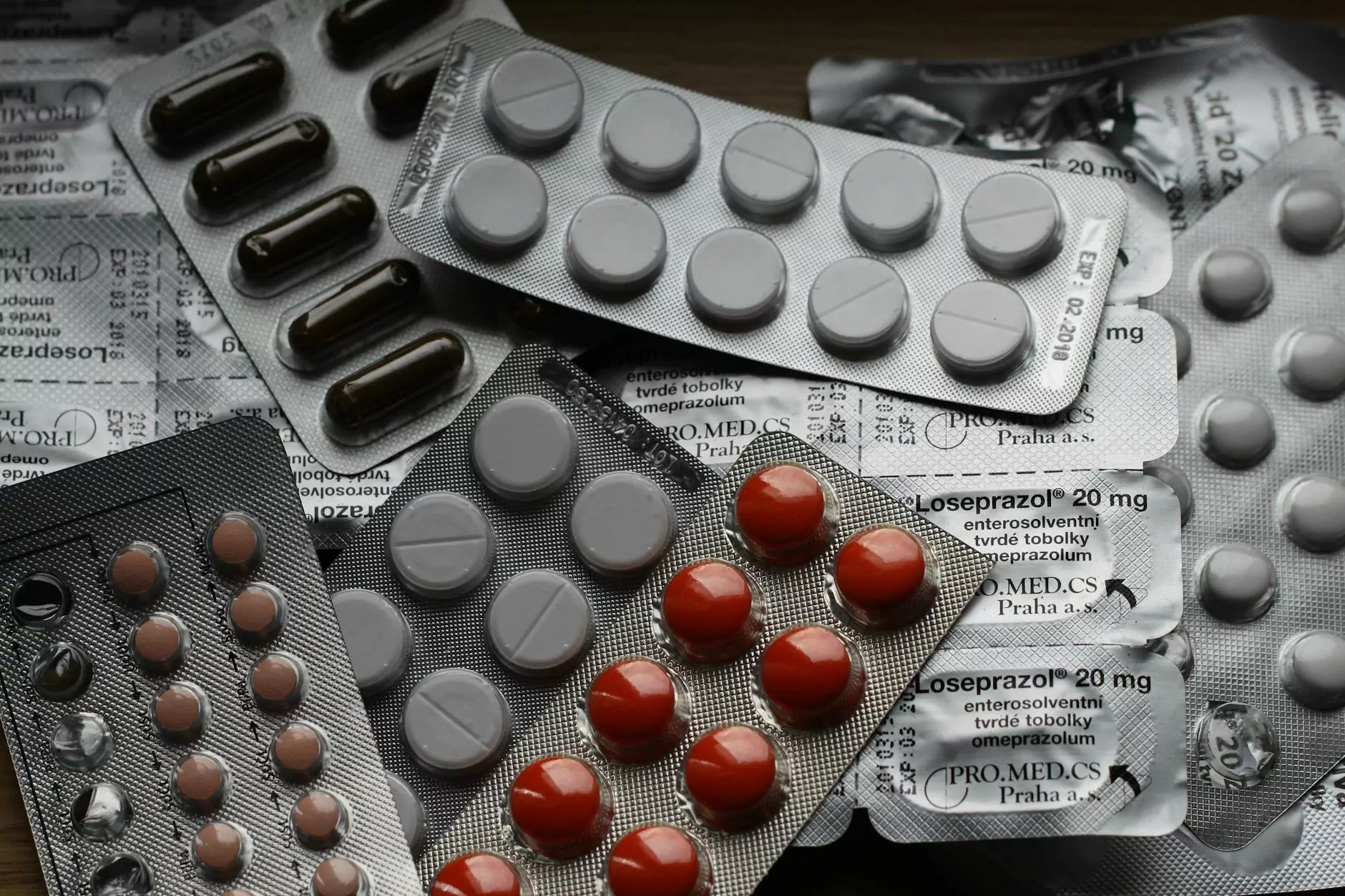The Importance of Lung CT Scan in Health Diagnosis

The lung CT scan is a vital diagnostic tool that has transformed the landscape of modern medicine. This imaging technique allows for a detailed view of the lungs and is essential in identifying various pulmonary conditions. With the growing emphasis on early detection and preventative healthcare, understanding the role of lung CT scans in health and medical practice is crucial.
What is a Lung CT Scan?
A lung CT scan, or computed tomography scan, is a non-invasive imaging test that uses X-rays and computer technology to create detailed cross-sectional images of the lungs. Unlike conventional X-rays, CT scans provide a more comprehensive view of the lung structure, making it easier to detect abnormalities.
How Does a Lung CT Scan Work?
During the procedure, the patient lies on a table that slides into a large, doughnut-shaped machine. The machine rotates around the patient, capturing various angles of the lungs. The data collected is then processed by a computer to generate detailed images. The entire process typically takes only a few minutes, and patients are usually able to return to their normal activities shortly afterward.
Why is a Lung CT Scan Important?
A lung CT scan serves several critical purposes in healthcare, including:
- Early Detection of Diseases: Many lung diseases, including cancer, are more treatable when detected early. Lung CT scans can identify small nodules or tumors that might not be visible on standard X-rays.
- Assessment of Existing Conditions: For patients with known lung conditions, CT scans provide valuable information about the severity and progression of the disease.
- Guiding Treatments: CT scans can help guide lung biopsies or other therapeutic procedures by pinpointing the exact location of abnormalities.
Common Conditions Diagnosed with Lung CT Scans
Lung CT scans are instrumental in diagnosing a variety of pulmonary conditions including:
- Lung Cancer: The primary use of lung CT scans is to detect lung cancer at the earliest stages.
- Interstitial Lung Disease: Conditions that affect the lung's interstitial tissue can be evaluated using CT scans.
- Pneumonia and Infections: CT scans can help differentiate between types of pneumonia and assess the extent of infection.
- Chronic Obstructive Pulmonary Disease (COPD): CT imaging is useful in evaluating emphysema and other forms of COPD.
Preparing for a Lung CT Scan
Preparation for a lung CT scan is generally straightforward:
- Inform Your Doctor: Discuss any medications you are taking and pre-existing conditions.
- Remove Metal Objects: Patients are advised to take off any metallic items such as jewelry, glasses, or belts that could interfere with the imaging.
- Follow Specific Instructions: If a contrast agent is to be used, follow all pre-scan instructions regarding eating or drinking.
Understanding the Risks and Benefits
As with any medical procedure, there are benefits and risks associated with undergoing a lung CT scan:
Benefits
- Speed: CT scans are quick and provide immediate results.
- Accuracy: They deliver high-resolution images that enhance diagnostic accuracy.
- Comprehensive Insight: CT scans offer a broader view of lung anatomy compared to other imaging techniques.
Risks
- Radiation Exposure: CT scans expose patients to a higher dose of radiation than regular X-rays; however, the risk of developing cancer from a single scan is very low.
- Allergic Reactions: Some patients may have an allergic reaction to the contrast dye used during the scan.
The Role of Lung CT Scans in Sports Medicine
In the realm of sports medicine, the lung CT scan can be instrumental, especially for athletes whose performance may be impacted by lung health. Conditions such as exercise-induced asthma can be evaluated with the help of comprehensive imaging.
Benefits for Athletes
Regular lung monitoring through CT scans can lead to:
- Enhanced Performance: By identifying underlying lung issues, athletes can optimize their breathing and enhance performance.
- Proactive Health Management: Early detection of lung conditions allows for timely treatment and interventions.
The Importance of Physical Therapy Post Lung Diagnosis
For patients diagnosed with lung conditions, physical therapy plays a crucial role in the recovery process. Following a lung CT scan, evaluation by a physical therapist can help design a customized rehabilitation program aimed at improving lung function and overall health.
Physical Therapy Techniques
Effective physical therapy techniques may include:
- Breathing Exercises: Techniques to improve lung capacity and efficiency.
- Strength Training: Exercises to build strength and endurance in patients recovering from lung issues.
- Education: Teaching patients about their conditions and how to manage them effectively.
Conclusion: The Path Forward with Lung CT Scans
The lung CT scan is a remarkable tool that contributes significantly to the advancements in health and medical diagnostics, especially in identifying lung diseases early, guiding treatment, and enhancing patient care. Its implications extend into sports medicine and physical therapy, ensuring that athletes and patients alike can achieve optimal health outcomes. As technology continues to evolve, the integration of lung CT scans in routine health evaluations will undoubtedly foster better respiratory health for all.
At hellophysio.sg, we prioritize patient education and superior healthcare services. Understanding the value of a lung CT scan is vital for anyone seeking to maintain or improve their lung health. Whether it’s for preventive measures or as a part of treatment for existing conditions, being informed is the first step towards a healthier life.



